Cet article est également disponible en: French
The exhibition “Ours, mythes et réalités – Bears, myths and realities” has just opened. In French, English and Spanish it is accessible to an international audience.
Installed in an underground cavern it has something for everyone. Kids will find a miniature merry-go-round and other games; adults will find a global perspective on the problem of the Pyrenees. The only people who might feel a bit left out are the sheep farmers actually in the mountains who get to see damage caused by ‘Martin’, one of the nicknames of the beast in question.
As one might expect in a natural history museum, the exhibition advocates cohabitation between bears and humans:
“The challenge of maintaining bears in the Pyrenees goes beyond the preservation of biodiversity and focuses above all on the search for a means of cohabitation between the diverse activities and the management of wild animals in a shared territory.”
And it doesn’t balk at tugging emotional strings:
“With their flat noses, ears, round bellies, and no visible teeth when their mouths are closed they have all the features of a baby. Bears trigger an emotional reaction of immeasurable tenderness – Boris Cyrulnik.”
The last citation is accompanied by a set of holograms, one avec a man hiding behind a tree. According to your point of view it is a man or a bear. Another shows a woman breast feeding her baby which becomes a bear feeding her cub.
The exhibition could have been called “We are the bears” emphasising as it does not only the bear–human relationship but most of all the identification which we make with the species.
It starts at a global level, with stuffed examples of the eight main types of bear, and progressively focusses on the Pyrenean brown bear.
Going back in time it is clear that the bear-human relationship has evolved. We start with the myths. At a planetary level, bears have often been portrayed as capable of seducing women, a myth which is reflected in the Pyrenean folk tale “Jean de l’ours – Jean, the bear’s son’. For Saint Augustine he was the devil incarnate. Nevertheless in Europe by the Middle Ages he was considered the king of the animals, witness his presence on the shields of noble families. The Vallespir valley bear festival is another manifestation of his symbolic importance.
Then came the hunting, the persecution. By the 19th century bear tamers were a significant phenomenon, especially in Ercé in the Ariège where the orsalhers formed a large proportion of the community. But from the very start of the 20th century, when he ceased to be a danger, it is the bear which has tamed us: think teddy bears, Winnie the Poo. And now in the towns no-one fears the ‘Mossu – Monsieur’ as he was sometimes called.
By the way, it was neither the hunters nor the orsalhers who eradicated the bears. The blame is to be laid on the widespread deforestation which has affected the entire country and has left us with a score specimens hiding in the mountains. Mountains are not the bears’ natural habitat.
Nevertheless, that is where they are, and the end of the exhibition deals with the Pyrenees, presenting the bears’ family trees and their distribution. It is here that I find some surprising propositions.
Cannelito, now nine years old, is described as the ‘last representative of the original Pyrenean line’. That’s cheating a little: although his mother was born and bred in the Pyrenees, his paternal grandmother was Ziva, one of the females imported from Slovenia in 1996. Normally Cannelle is cited as the last Pyrenean. Why this determination in prolonging an extinct dynasty?
Nearby there is another semantic sleight of hand: “The challenge in the Pyrenees [is linked] to the maintenance of an endemic population.” But the death of the genetic isolate, programmed with the importation of foreign bears (1996 and 2006), has now been accomplished. The population is no longer endemic[i] in any meaningful sense of the term.
The Pyrenean bear is dead. Long live the Pyrenean bear.
Next to the family tree is the skeleton of one of its members, Papillon, looking surprisingly fragile, except for his powerful claws. Opposite Cannelle, Palouma and a bear cub stride towards the visitor in perpetual non-motion. Cannelle is impressive. The last pure-bred Pyrenean bear, she was shot by a hunter in 2004.
Although the exhibition speaks of cohabitation with humans, it avoids the delicate question of how to do so. It doesn’t enumerate the dead sheep.
To summarise, those who unreservedly advocate the presence of bears in the Pyrenees will find comfort for their global view of the question. Globally I share that view, but at a local level, I can understand why some farmers want to eradicate the bears. And how it is logical for them to defend that position. It is a pity that the exhibition doesn’t go further into the debate.
If I were asked to pick one sentence which characterises the spirit of the exhibition it would be this:
“In killing the bear, his relation, his reflection, man has since long since killed his own memory and has symbolically more or less killed himself.”
Ours, mythes et réalités [Bears, myths and realities] is at the Natural History Museum in Toulouse until 30 June 2014



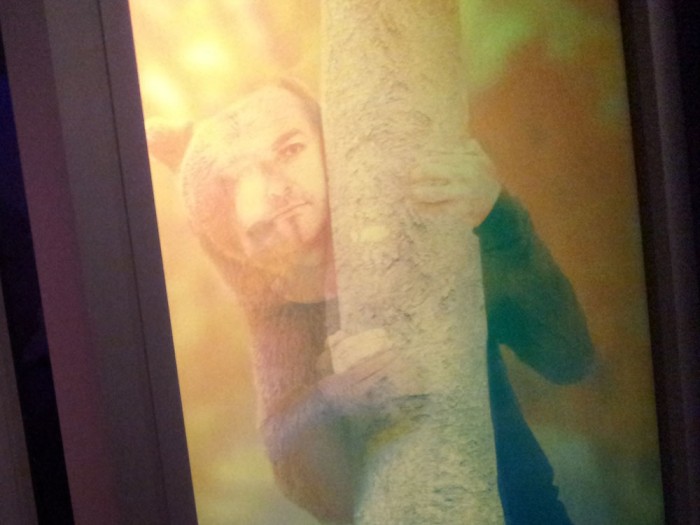
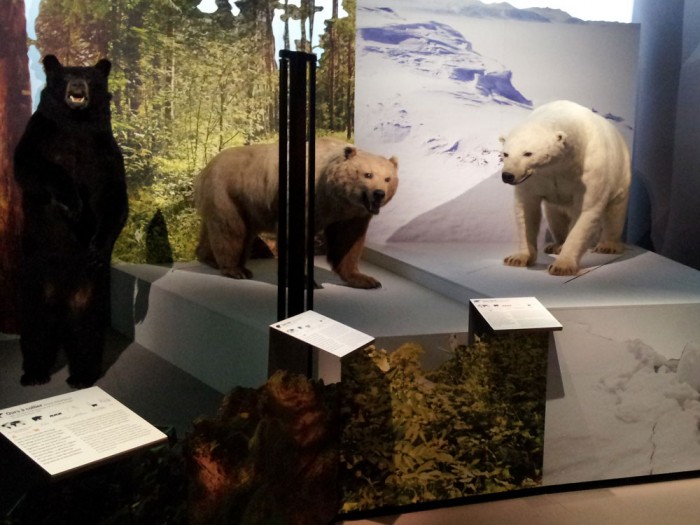

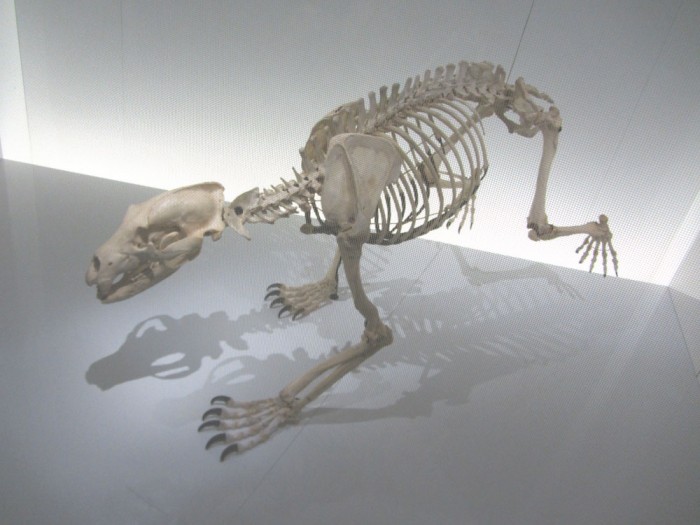

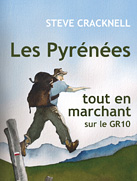


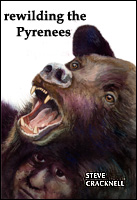



Footprints on the mountains